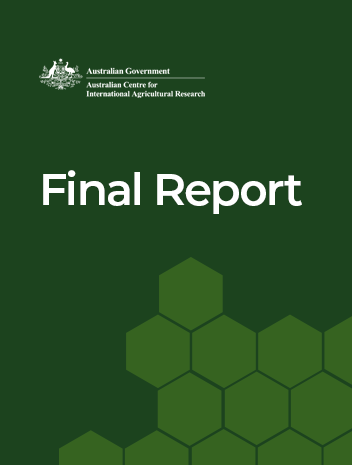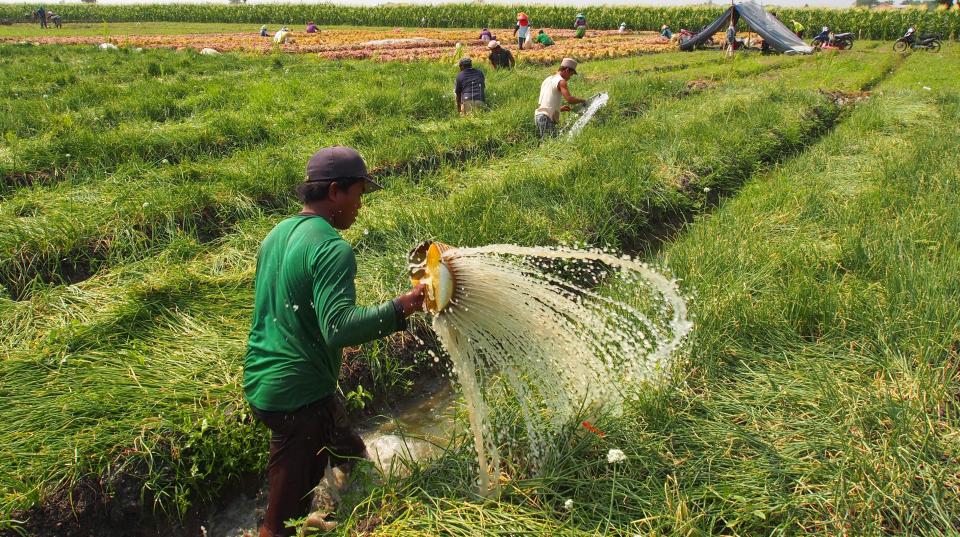Overview
This project aimed to empower local communities and government agencies to monitor and evaluate the success of peatland restoration.
Peatland restoration has become a high priority in Indonesia, due to the devastating effects of peat fires on local and regional public health and economies. The Indonesian Peatland Restoration Agency (BRG) is mandated to restore 2 million hectares of degraded peatlands by 2020. This ambitious initial target will trial a range of methods in a variety of peatland sites. Full peatland restoration, including rewetting the peat, revegetating the land and revitalising local livelihoods, will take decades. In the short to medium term, how can peatland restoration be assessed?
With an estimated additional 7 million hectares of degraded peatlands awaiting restoration, the most efficient and effective restoration protocols need to be identified. In order to pursue successful and cost efficient approaches and adapt and refine less successful restoration techniques, restored peatlands need to be meaningfully monitored and assessed.
This project will trial two techniques: eddy covariance flux towers and Chameleon sensors, which directly measure the carbon and water dynamics of the soil-plant-atmosphere continuium. These techniques have the potential to empower Indonesian researchers, government officials and community members to monitor and assess the success of peatland restoration.
Project outcomes
- An initial assessment of feasibility of using eddy covariance techniques to quantify evolution of water, CO2 and CH4 to the atmosphere from peatlands with the precision required to identify changes associated with peat rewetting.
- An initial assessment of feasibility of using Chameleon sensors to quantify changes in water content in peatlands with the precision required to identify changes associated with peat rewetting.
- A preliminary estimation water, CO2 and CH4 emissions from rewetted peatland, including estimation of the uncertainties of the estimates, and recommendations for improving accuracy/precision.
- Preliminary evaluation of feasibility of the methods for peatland condition monitoring and research.




